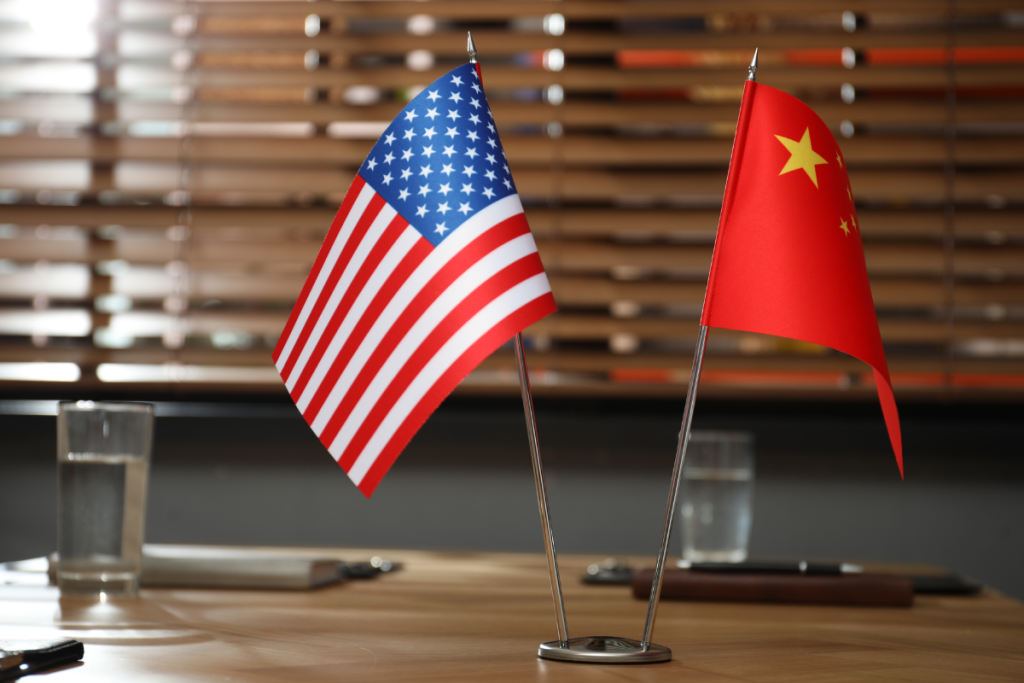The Trump administration is taking a hard line on graphite imports from China, with sweeping duties aimed at protecting domestic producers and reshoring control over critical mineral supply chains. But with EV makers raising red flags, the policy risks complicating efforts to scale battery production in North America.
Crackdown Targets Chinese Price Undercutting
The U.S. Commerce Department has proposed a 93.5% antidumping tariff on graphite imports from China, following preliminary findings that the material is being sold in the U.S. at unfairly low prices. A parallel investigation into countervailable subsidies recommends an additional 11.58% duty, with final determinations from both probes expected by December 5.
The action stems from a petition by the American Active Anode Material Producers, which argued that low-cost Chinese graphite, heavily supported by state subsidies, is distorting market dynamics and undermining U.S. manufacturing. “Dumping is a malicious trade practice used by China to undercut competition and wield geopolitical influence,” said Erik Olson, spokesperson for the group, in an official statement.
China dominates global graphite production, accounting for 78% of total output in 2024, according to the U.S. Geological Survey. The U.S. imported $375.1 million worth of graphite from China last year, making up nearly 68% of all natural graphite imports and 60% of related products.
The tariffs are part of a broader national strategy to reduce reliance on foreign sources for materials critical to electric vehicles, defense technologies, and energy storage systems. Earlier this year, the administration launched a Section 232 investigation into imports of key critical minerals, including lithium, cobalt, and nickel, mirroring past trade defenses applied to steel and aluminum.
EV Makers Sound the Alarm on Downstream Disruption
The proposed graphite duties have sparked concern among automakers and battery manufacturers, who argue that the U.S. lacks sufficient domestic production capacity to meet near-term demand. During the public comment period, companies such as Tesla and Rivian urged the Commerce Department to exclude graphite used in battery packs, cells, and electrodes from the tariff scope.
“Including these downstream products risks raising the price of an EV input that cannot be substituted by domestic material,” Rivian wrote in a February letter. The automaker warned the move could hamper EV adoption and strain efforts to build a competitive North American battery ecosystem.
Still, several EV players are already diversifying their supply chains in anticipation of tighter trade restrictions. Lucid Motors, for example, has signed long-term supply agreements with Graphite One, a U.S.-based producer, to source domestic natural graphite beginning in 2028. But with full-scale domestic mining and refining still years away, short-term disruptions remain likely if tariffs are finalized at current levels.
Tariffs Alone Won’t Secure Resilience
While the tariffs reflect a clear effort to counter China’s industrial strategy, they may also accelerate supply chain imbalances if not matched by parallel investment in U.S. refining and processing capabilities. According to known trade reports, the bottleneck isn’t just raw graphite supply, it’s the conversion of that graphite into battery-grade active anode material. Without robust downstream infrastructure, even reshored graphite risks becoming a stranded asset in the energy transition.



